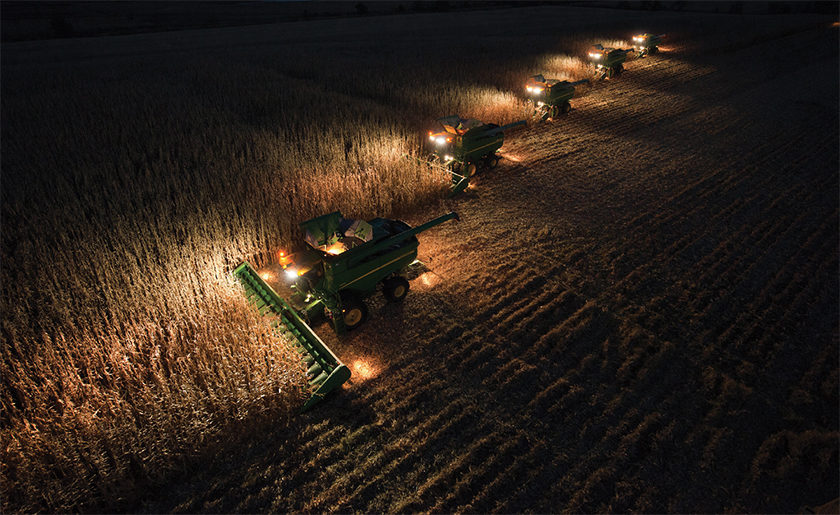No-Till Farmer
Get full access NOW to the most comprehensive, powerful and easy-to-use online resource for no-tillage practices. Just one good idea will pay for your subscription hundreds of times over.

Aside from what goes in the bin, there probably isn’t a more important task during corn harvest for no-tillers than making sure residue is properly processed.
Chopping corn heads, in particular, are gaining favor among no-tillers as a tool to process tough Bt stalks.
The heads typically utilize a lawn-mower-style rotary blade that cuts stalks into 6- to 8-inch pieces that can more easily be broken down by soil microbes and converted to humus.
Corn-head manufacturers are offering many variations of this technology that explode and pulverize the stalk into even smaller pieces, or slice it vertically for better breakdown.
The editors of Conservation Tillage Guide asked manufacturers to discuss the changing dynamics of no-tilling corn, share the corn-head technologies they offer and explain their relevance to no-tillers.
While corn has been no-tilled successfully in the U.S. for decades, a number of factors have changed in recent years to make the practice both more appealing and more difficult.
There’s been an explosion of genetically modified corn varieties in the past decade that offer strong resistance to diseases and pests. Paired with historically high corn prices and high demand from ethanol production, the number of continuous-corn acres in the U.S. has steadily increased.
The most recent estimate from Monsanto for corn-on-corn acres grown in the U.S. is nearly 28 million, a large chunk of the record 95.9 million acres of corn planted this year.
Insect protection, above- and belowground, is protecting stalks and making it difficult for Mother…